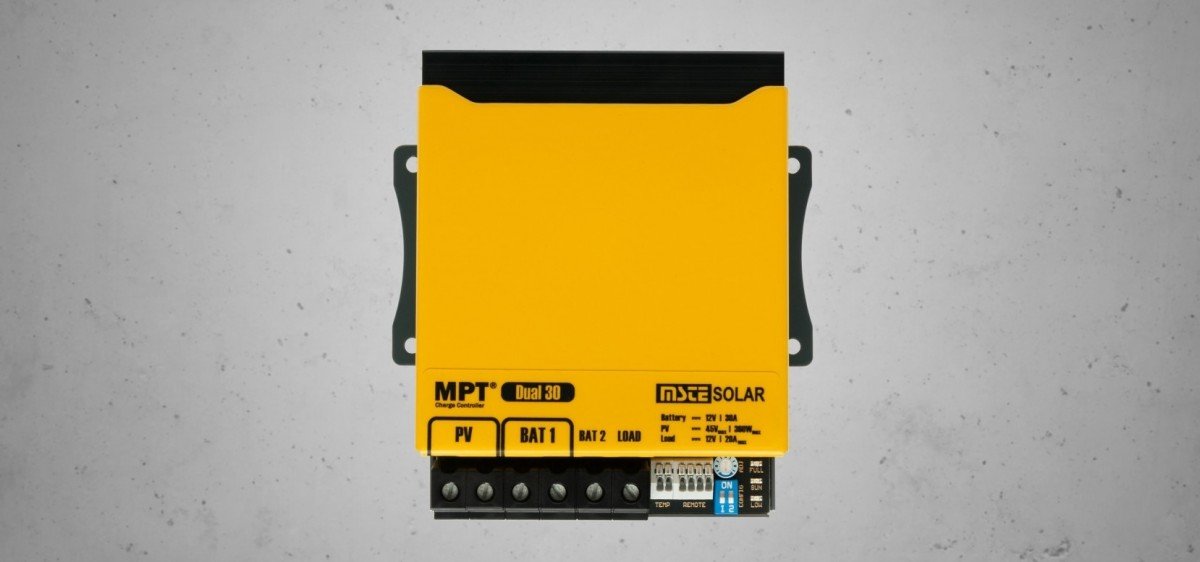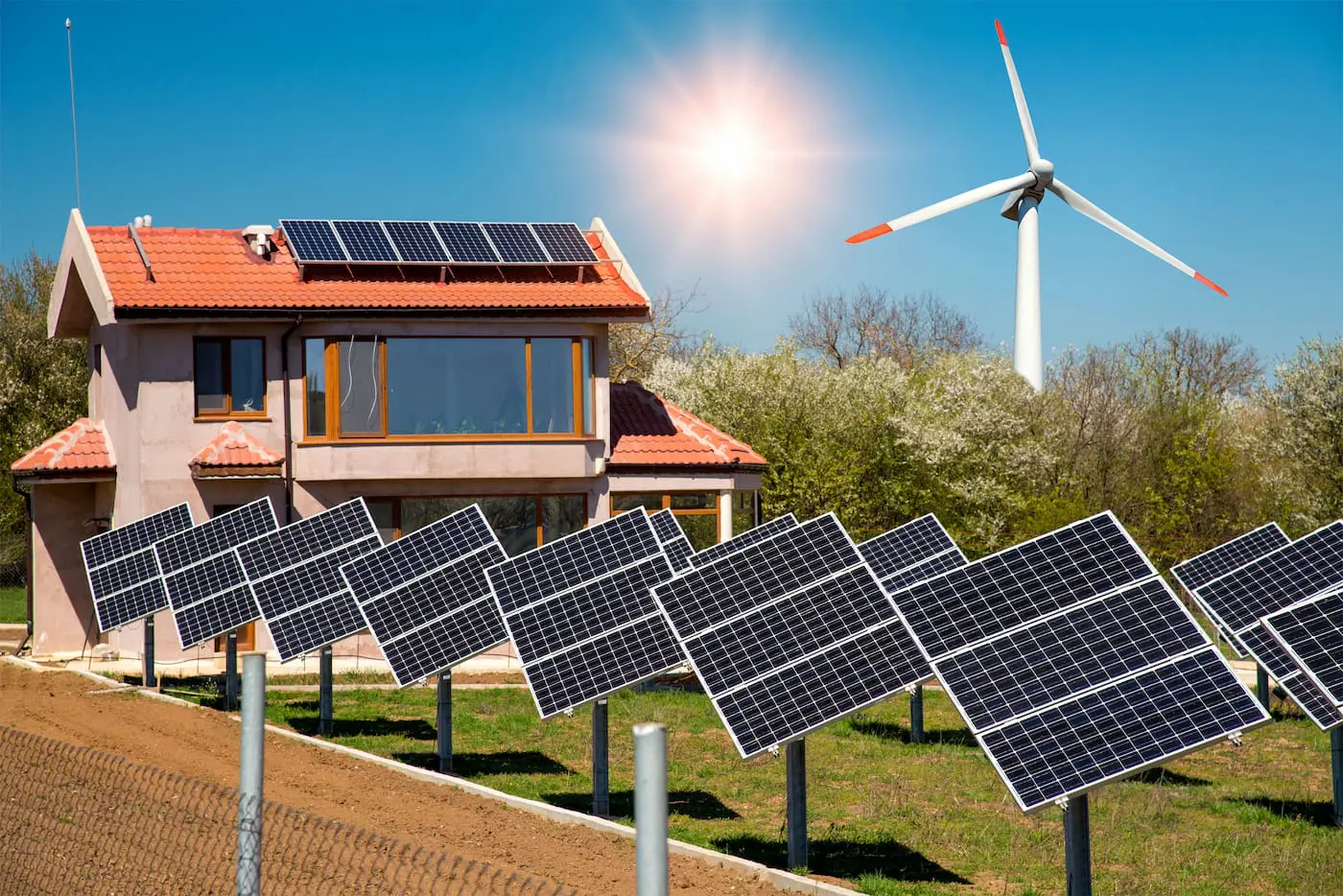
Problems of connecting batteries in parallel
Connecting two batteries in parallel is a technique that is inappropriately used to amplify the intensity, or amount of electrical charge, that we can obtain from an external power source—generally, from two batteries with identical capacity. This type of installation is carried out using an interconnection cable that connects them to each other through the positive poles of both batteries, on the one hand, and through another interconnection cable that connects them through the negative poles, on the other hand. What you get with it is add their currents in amps and maintain an identical voltage.
Problems of connecting batteries in parallel
Now, why its use is not recommended, what are the disadvantages of carrying out this type of installation. What do we expose ourselves to when connecting two batteries in parallel? We explain it in more detail below.
Why shouldn’t we connect two batteries in parallel?
The problem with connecting the batteries in parallel is that they can cause a nearest battery overload at the entrance of the current, as well as a improper charging of the battery that is further away. An overload means that there is an increase in the current, usually due to overheating of the current —either due to heat, as well as due to improper installation—. The problem with this is that it can lead to an explosion —with all the negative consequences that this can cause us—. Likewise, in the case of the battery that is further away from the power input, by not charging properly, it will be constantly degrading, so its useful life will be shorter and we will waste money. Another problem with connecting two batteries in parallel is that the first one, the one closest to the current input, it will charge with a higher current and voltage than it is rated for, something that, apart from overloading, can also influence its imminent deterioration and the reduction of its useful life.
What happens in this case is that, by connecting the batteries in parallel, we close a circuit and generate an imbalance of currents. As the capacities of the batteries are no longer identical, and as they are linked together, they transfer electrical charges to each other to equalize the voltages. That is, its operation is incorrect, which leads to premature aging of both. Another of the main consequences of parallel battery installations is that the interconnection cables also suffer an alteration in their resistance which can lead —in parallel— to a destabilization of the set, as well as affecting the useful life of the batteries that are connected to each other. Without forgetting, either, that when they suffer a variation in the resistance that the cables support, they will overheat —due to the high intensity that circulates through them— and may give rise to a fire in our home or place where we have connected the batteries in parallel.
That is why its use is not recommended and that, if it is carried out, it is carried out by experts who are very aware of the operation of electricity and who take the necessary safety measures so that the installation generates the minimum problems in in terms of wiring, as well as the position of the batteries and, of course, their operation in parallel. Likewise, in the event that this type of parallel battery connection is carried out, it is recommended that the installation be checked periodically to verify that there are no problems. Making use, for example, of ohmmeters to measure the electrical resistance, as well as the voltage and any relevant aspect of the installation and the electrical current.
When are these types of parallel battery connections typically used?
Generally, these types of connections usually carried out in isolated photovoltaic solar installations. And it is that many people consider this an option to extend the charge of solar batteries. What is sought with this is that the solar batteries expand the load capacity so that, at the time of making use of the energy stored through the solar panels, its use can be prolonged. Although, at first, the installation of solar energy batteries in series may seem like a good idea to make better use of the energy produced by photovoltaic panels, the truth is that it can lead to serious problems —as we have seen above—. Solar batteries, or solar energy batteries, in series are not recommended. The most appropriate is to use a solar battery with a higher capacity, or chargein order to make the most of the energy produced by the monocrystalline or polycrystalline silicon cells of the solar panels without risk to our physical integrity.
What is the connection of batteries in series?
The connection of the batteries in series, unlike the batteries in parallel, is an installation that is carried out by means of the connection of opposite poles of a battery with the opposite poles of another battery. That is, the negative charge pole of one battery is connected to the positive charge pole of the other by means of an interconnection cable —normally, with a small cable, enough to connect both batteries—. This process is repeated with the positive charge pole of the initial battery being connected to the negative charge pole of the other. In this way, a sum of the voltage —or potential difference— of both batteries is achieved, maintaining the intensity or electrical charge. Unlike connecting batteries in parallel, batteries in series they do not pose a danger to our health and integrity since these only allow the passage of current when there is consumption. While there is no use of them, the batteries remain at rest. Of course, for the installation to be safe, and for us to obtain the desired voltage, the batteries in series must have identical capacities.
How to connect solar panels in series or parallel?





